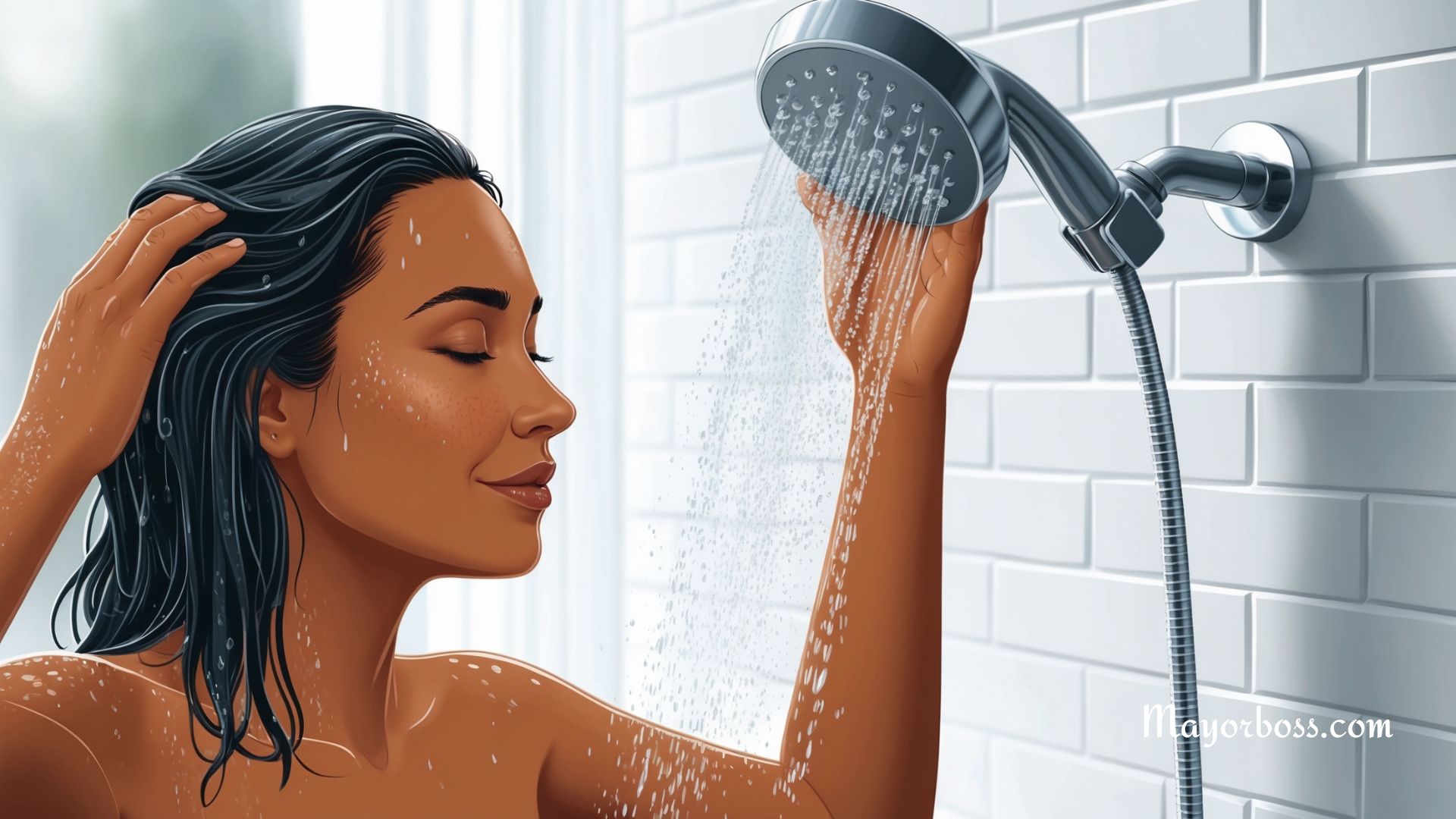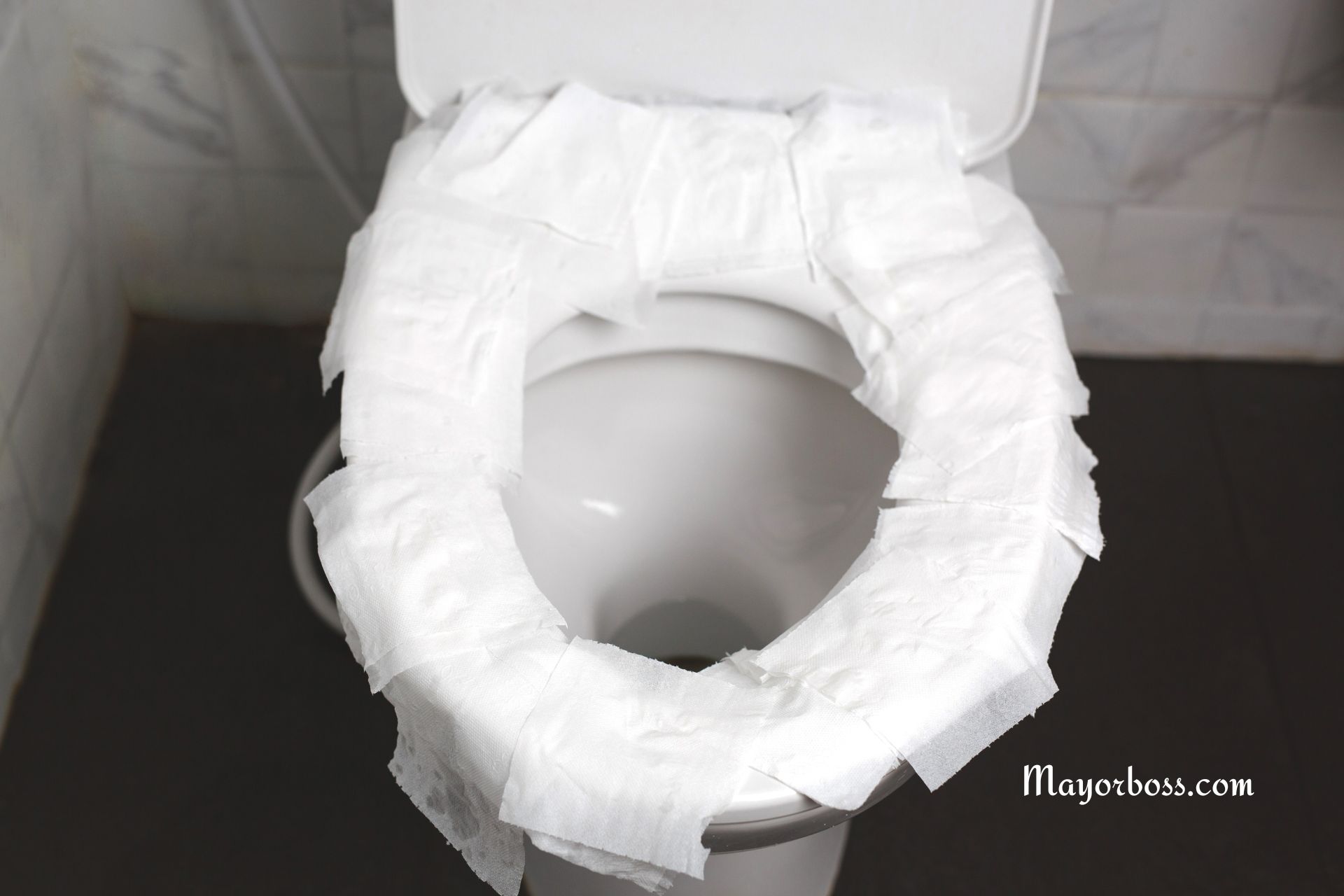3 Body Parts You’re Forgetting to Clean (But Really Should)
Have you ever considered that despite your best efforts in the shower, there might be some areas of your body you’re neglecting? According to a study from researchers at George Washington University (GW), there are three key areas that most people tend to overlook during their hygiene routine: behind the ears, between the toes, and inside the belly button. Let’s look into why these areas need extra attention and how you can make sure you’re keeping them clean.

You Shouldn’t Skip Cleaning Behind Your Ears
You might think you’re thorough when washing your face, but do you extend that care to the area behind your ears? The team at GW discovered that this spot is often missed, leading to a buildup of sweat, skin cells, and even bacteria. This can result in seborrheic dermatitis, a condition that causes flaky, itchy skin similar to dandruff. To avoid this, simply use your fingers or a washcloth with soap to gently scrub behind your ears every time you shower. It’s a small step that can prevent a lot of discomfort down the road.
Not Cleaning Between Your Toes Can Lead to Serious Issues
While it’s easy to assume that water and soap naturally clean your feet as it runs down your body, this isn’t quite enough. The study from GW highlighted that the spaces between your toes are prime locations for dead skin, dirt, and sweat to accumulate. This can create the perfect environment for bacteria and fungi, potentially leading to conditions like athlete’s foot or even more severe bacterial infections such as cellulitis.
To prevent this, make sure to thoroughly wash between your toes with soap and water during each shower. Afterward, dry the area thoroughly, especially if you’re putting on socks right away. This simple habit can prevent a lot of discomfort and keep your feet healthy.
Inside the Belly Button Is a Bacterial Haven, If Not Properly Cleaned
The belly button, or navel, might be one of the most forgotten areas on the body when it comes to hygiene. However, this small, often neglected area can harbor a surprising amount of dirt, sweat, and bacteria. The belly button, with its folds and crevices, can easily trap all sorts of debris. If left uncleaned, this can lead to unpleasant odors or even the formation of navel stones, known as omphaloliths.
To clean your belly button, use a cotton swab dipped in warm water or a gentle cleanser. Gently clean inside, making sure not to scrub too hard. If you notice any redness, itching, or unusual discharge, it might be a sign of infection, and you should consult a physician.
The Grandmother Hypothesis and Its Impact on Hygiene
Interestingly, this research from GW ties into what they’ve dubbed “The Grandmother Hypothesis,” which suggests that advice passed down through generations—like “don’t forget to wash behind your ears”—is rooted in practical health wisdom. This hypothesis implies that our grandmothers knew the importance of these areas, even if we tend to forget them today. The findings show that these often-ignored spots can harbor harmful bacteria, making them essential to include in your daily cleaning routine.
Takeaway
Incorporating these simple yet crucial steps into your shower routine can significantly impact your overall hygiene. By paying attention to behind the ears, between the toes, and inside the belly button, you can avoid discomfort, odors, and even more serious skin conditions. The research from GW underscores that a little extra effort in these areas goes a long way toward maintaining a healthy body.






